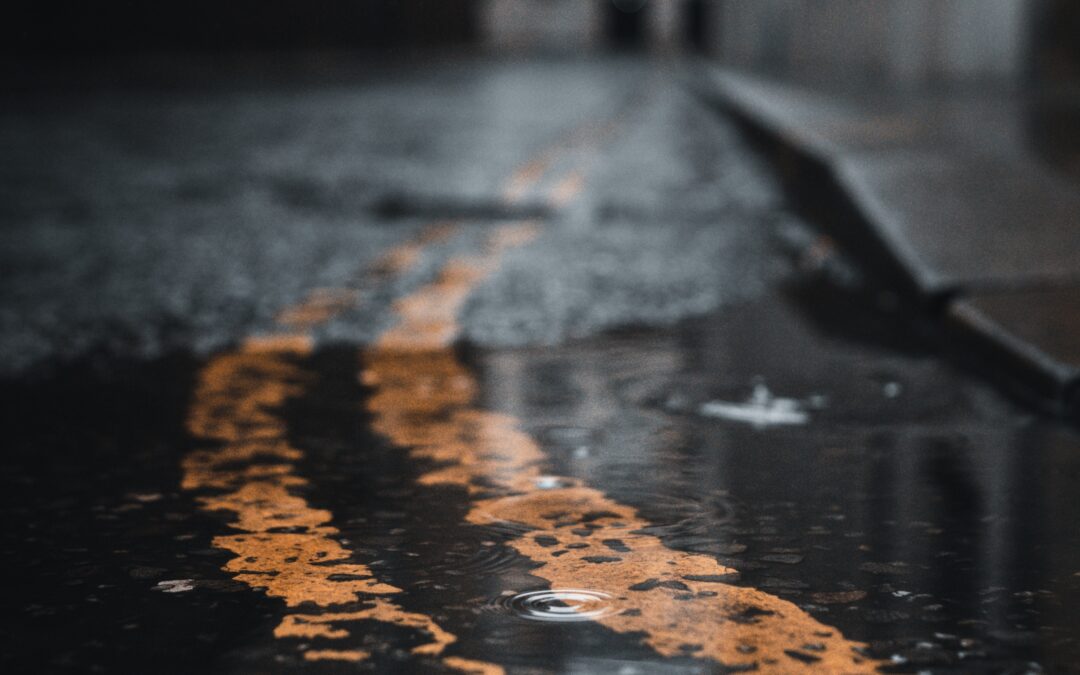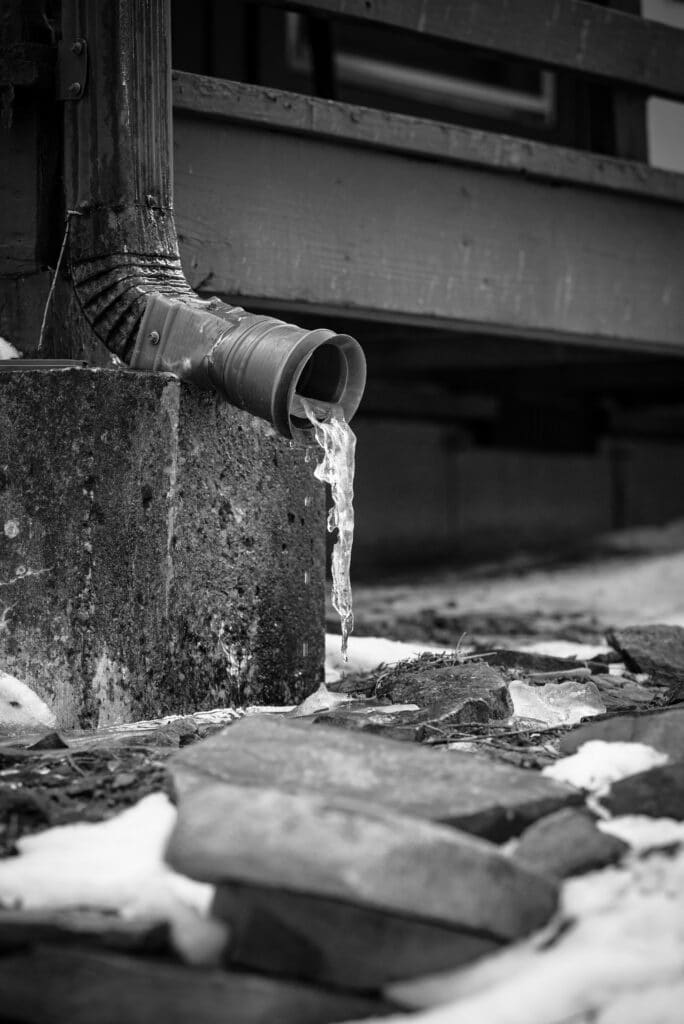The Property Owners Guide to Stormwater Utility Fees
As a property owner, you might notice additional fees on your monthly utility bill. Stormwater fees are a new charge in over 2000 cities across America. In some municipalities, these fees are minimal, around $5-9 dollars a month. You might not even see stormwater charges on your utility bill! These charges are far higher for commercial real estate properties, so many developers have started to look for solutions to offset these costs. Whether you are a residential property owner or own commercial property, stormwater management is an investment that will pay for itself over time. Plus, you’ll benefit from helping the environment and establishing your place as a sustainable solution. Let’s do the math on how you can offset your stormwater utility fees.
What is a stormwater utility fee?
Stormwater utility fees are a fee that the government charges for managing stormwater. They are usually calculated by the square foot of impervious surface. Impervious surfaces are where water rolls off and collects contaminants carried off into public spaces and waterways. They create pollution runoff and hurt water quality. Areas such as parking lots, driveways, and roofs are taxed to cover the cost of managing stormwater with filters, cleanups, pipes, and other infrastructure.
Stormwater utility bills are usually sent out quarterly or annually, depending on what type of plan your city has in place. Depending on your area, you might see these fees listed under property taxes, or for those of you in Pennsylvania; it’s called stormwater authority fees. Both tax and non-tax properties are required to pay these fees. These bills also include other services such as trash pick-up, snow removal, and recycling services.
Do I have stormwater management in my area?
If you don’t live near a significant watershed area or in a rural area, or most of your rain falls onto actual soil–you’ll likely never see a stormwater drainage bill. Stormwater management happens in urban and dense regions where growing development adds in additional hardscapes that contribute to water runoff. Cities that depend on local waterways like lakes, rivers, bays, and oceans will in the future (if they don’t already) have a stormwater drainage utility. Urbanization does not show any signs of stopping. For cities to upkeep stormwater and combined sewer systems, imposing a yearly fee is the only way to fund the future. Cities like Washington DC, Chicago, Detroit, and Philadelphia already have stormwater utilities. The EPA has programs to help local governments set up their utility system and you can read about it here.
How are Stormwater Charges Calculated
Commercial buildings take up more surface space and contribute to more water runoff than your typical residential home. If you happen to be a commercial property owner, you likely are getting charged more based on your concrete surfaces. Suppose you’re on residential property and have a pool, large patio or deck, or an accessory dwelling unit (like a separate garage or apartment). In that case, your stormwater fees will be higher.
The average stormwater fee in the United States is $12 billed quarterly, so around $48 a year for a residential property.
That’s a small amount of money per year; even over ten years, it’s not much, so why should I care?
Investing Wisely in Stormwater Management
Stormwater management is a significant issue in many cities. It can cost a lot of money to clean up the water and repair the damage that has been done. Green infrastructure is one solution that can save money and make things better for the environment. If private property owners all implemented some stormwater retention best practice, it would significantly help the local economy and save the neighborhood money in the long term. Plus, over time, any property owner who implements green infrastructure on their land will save money while helping to build a sustainable ecosystem and healthy environment.
Green infrastructure includes rain gardens, rain barrels, and other ways of collecting water runoff. The benefits of these green solutions are many: they are cheaper than traditional methods, are environmentally friendly, and can be used in conjunction with other stormwater management methods.
Example: If you live in Washington DC and have a small row home, your yearly charge for stormwater is likely around $50. Over ten years, you would have paid $500. However, if you purchase a rain barrel, your fees will be lowered, and the barrel itself is only $80. So you will have paid for the barrel within two years, and. Then be saving money for the next 8. Even better, through a stormwater incentive program, you can be reimbursed for the rain barrel making the entire retrofit a free project, and start saving instantly on stormwater utilities.
You can save thousands each year for commercial property owners after upgrading to a stormwater management practice like bioswales or permeable pavers. (If you add in a green roof, you save on utilities, energy bills, and more, thus maximizing your investment)
Stormwater Drainage Is a Long Game
The keen property owner knows that investing is a long game. You might not see the financial benefits immediately from installing green infrastructure-although you’ll see the maintenance benefits within the first rain event. Over time, you save money from purchasing and installing green infrastructure in your yard, parking lot, roof, etc. You’ll especially be able to save if you apply for a stormwater incentive program that will pay you back for your project costs.
Interested in finding what incentive programs are available for your property? Use our incentive match engine to discover local programs and see what projects would be best for your property.



